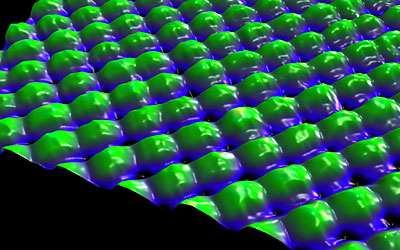
HP research could lead to the creation of field programmable gate arrays (FPGAs) up to eight times denser - while using less energy for a given computation - than those currently being produced.
Moreover, such chips could be built using the same sized transistors as those used in today's FPGA design, meaning they could be built in current fabrication facilities with only minor modifications.
FPGAs are integrated circuits with programmable logic components and interconnects that can be adapted by end-users for specific applications. They are used in a wide range of industries, including communications, automotive and consumer electronics.
The technology calls for a nanoscale crossbar switch structure to be layered on top of conventional CMOS (complementary metal oxide silicon), using an architecture HP Labs researchers have named field programmable nanowire interconnect (FPNI) - a variation on the well-established FPGA technology.
The HP approach relies on extensive experience in fabricating crossbars and makes a number of changes designed to improve the manufacturability of the circuits.
In the FPNI approach, all logic operations are performed in the CMOS, whereas most of the signal routing in the circuit is handled by a crossbar that sits above the transistor layer. Since conventional FPGAs use 80 to 90 percent of their CMOS for signal routing, the FPNI circuit is much more efficient; the density of transistors actually used for performing logic is much higher and the amount of electrical power required for signal routing is decreased.
Because of the tiny sizes of the nanowires and switches in the crossbars, the researchers said they expected defect rates to be relatively high. However, with the crossbar interconnect it is possible to route around defects, the researchers said. Their simulations showed that an FPNI chip with 20 percent of the nanowires broken in random locations still had an effective production yield of 75 percent and did not present significant performance compromises, which should make it economical to produce.